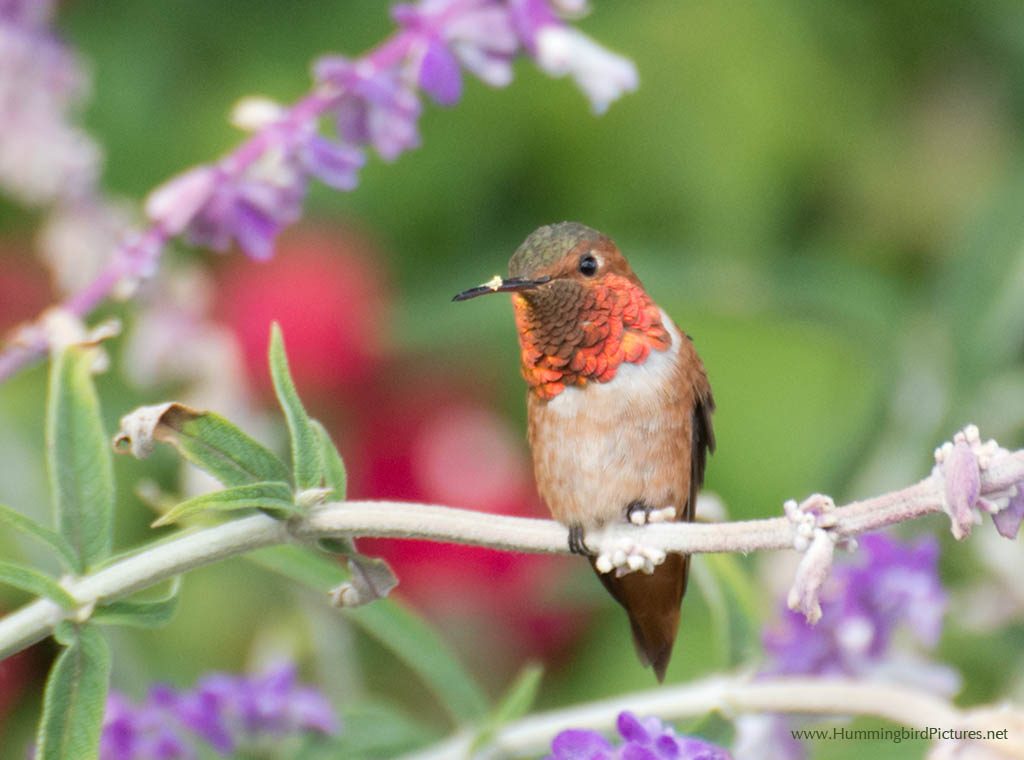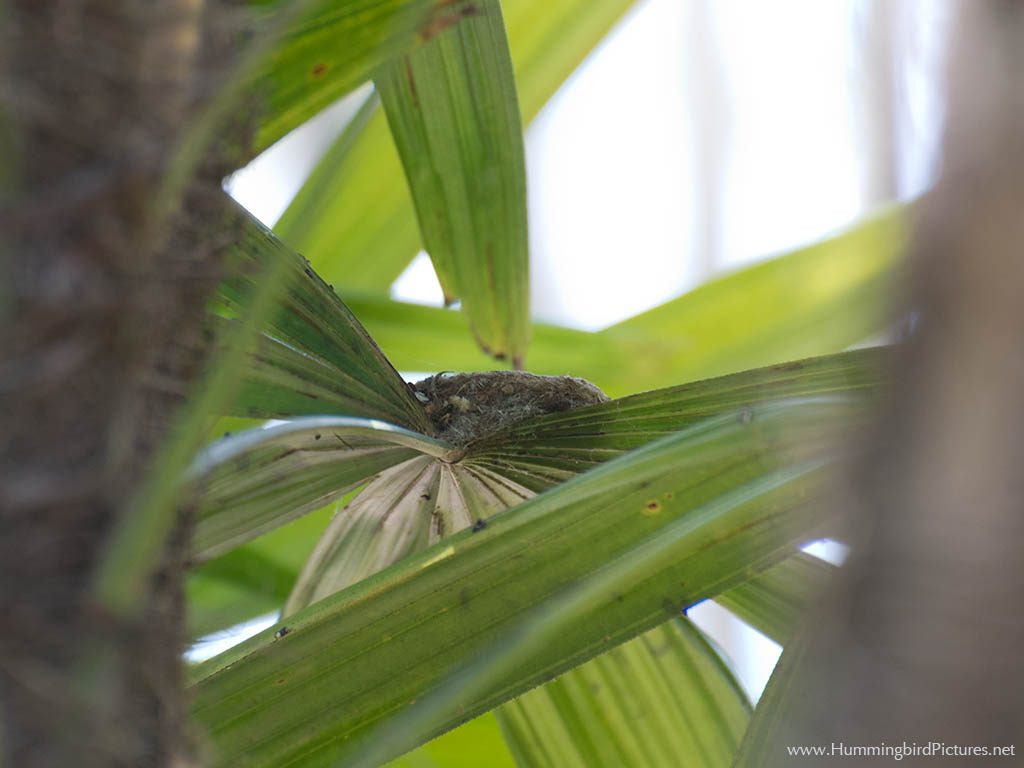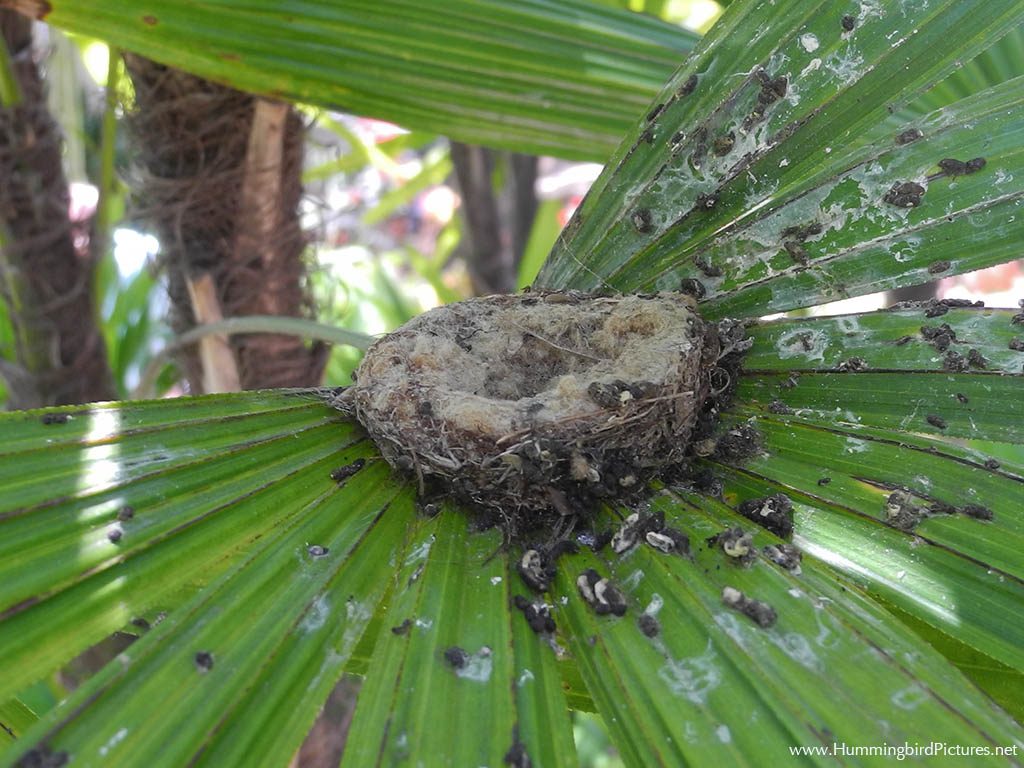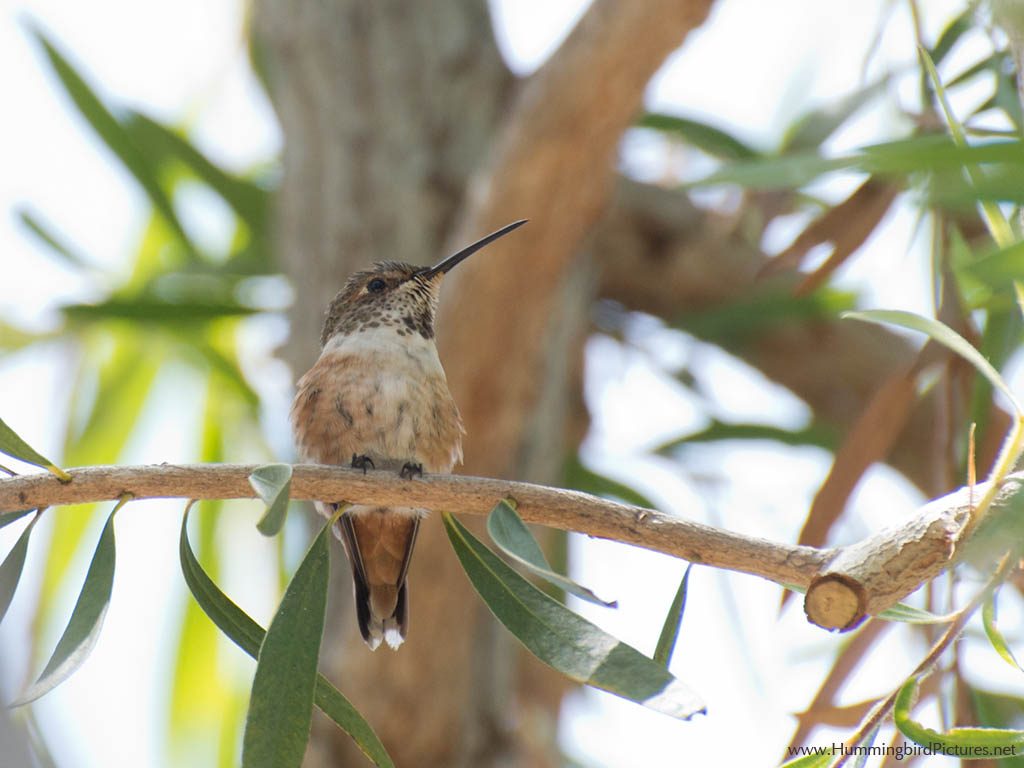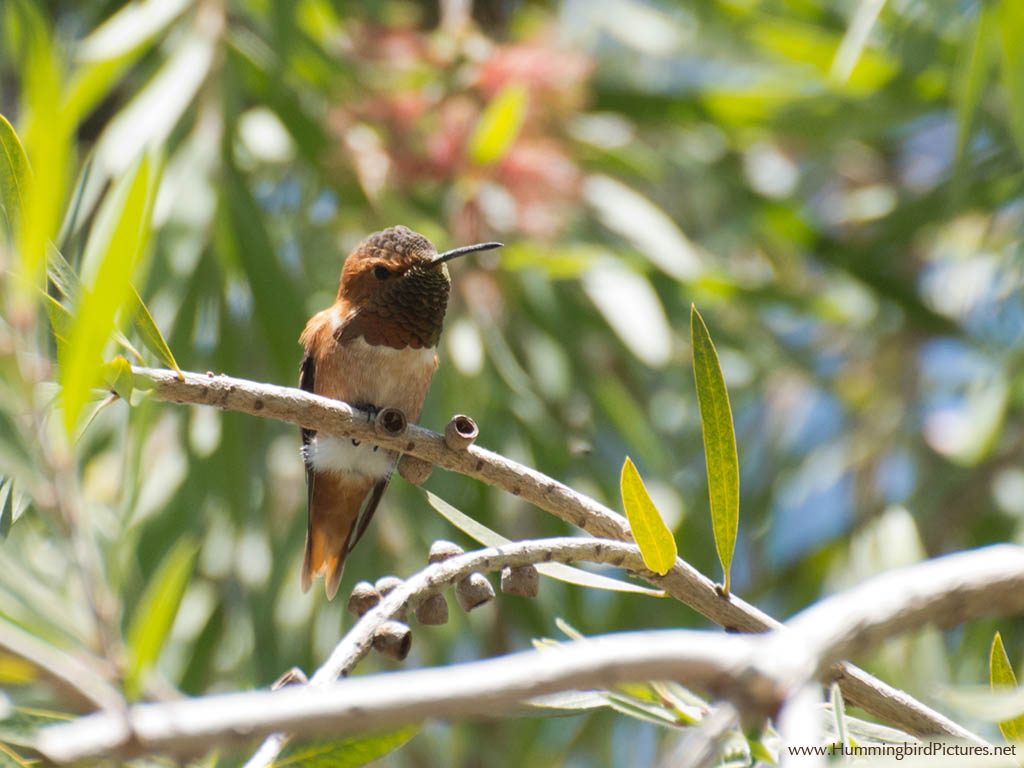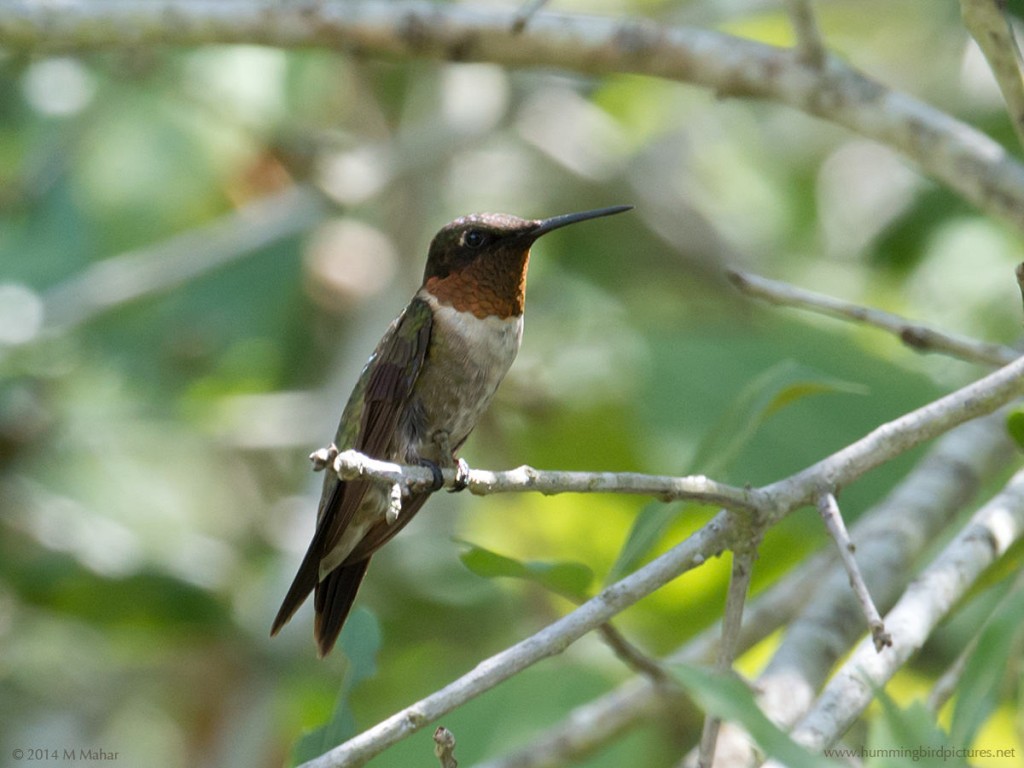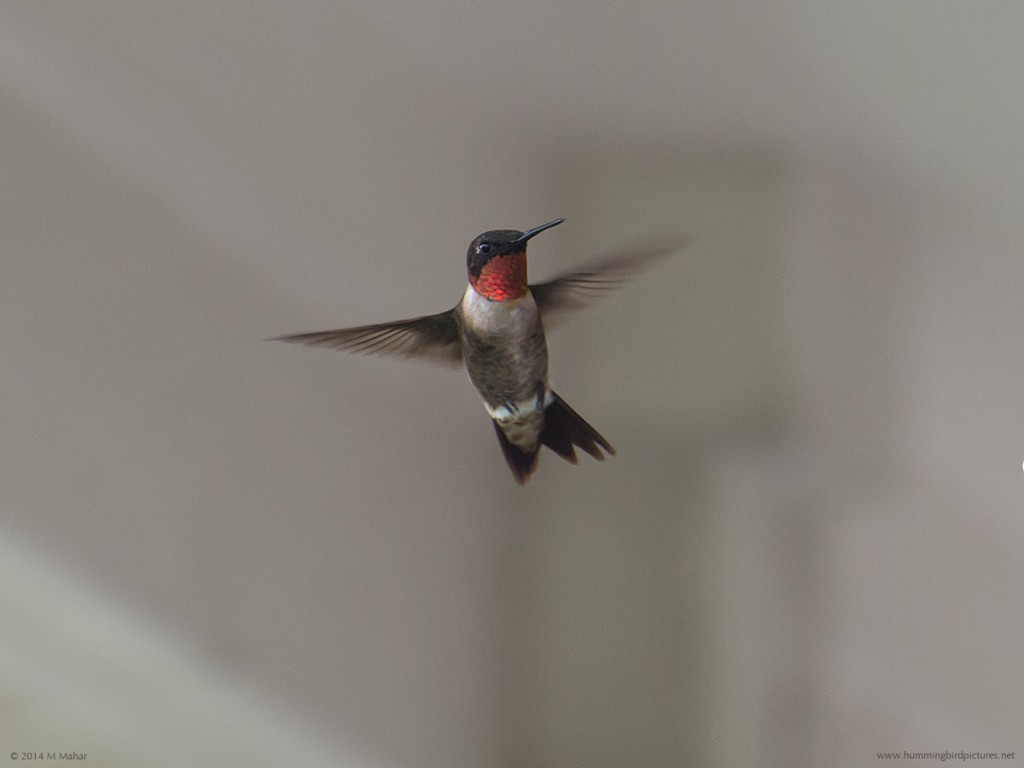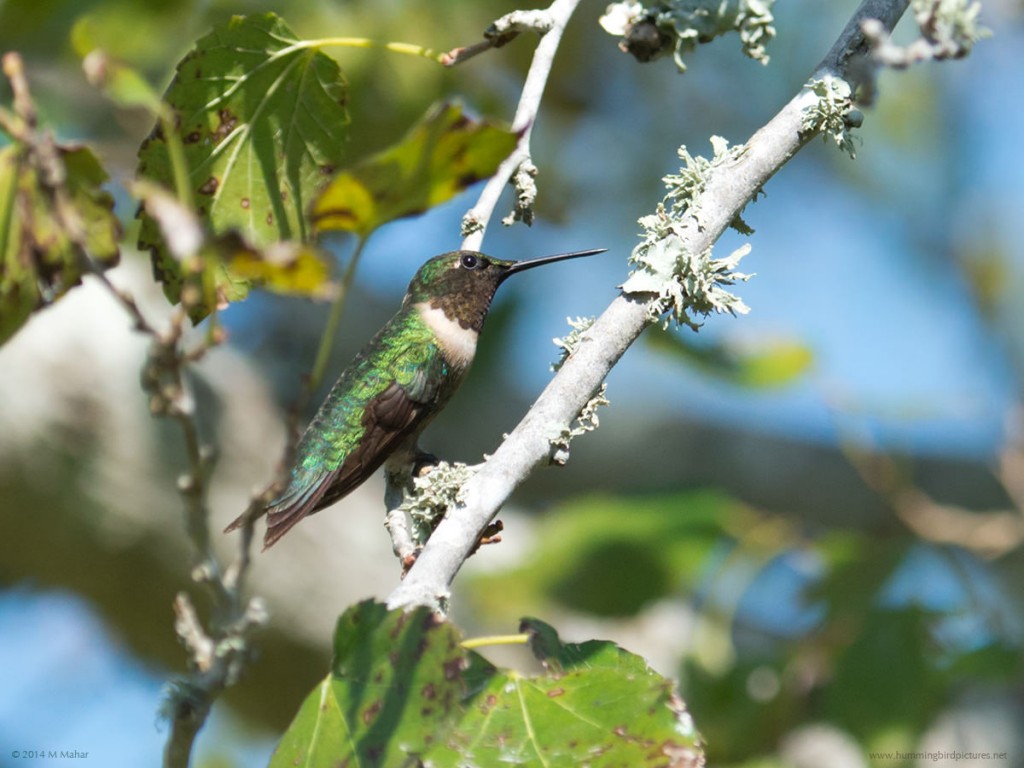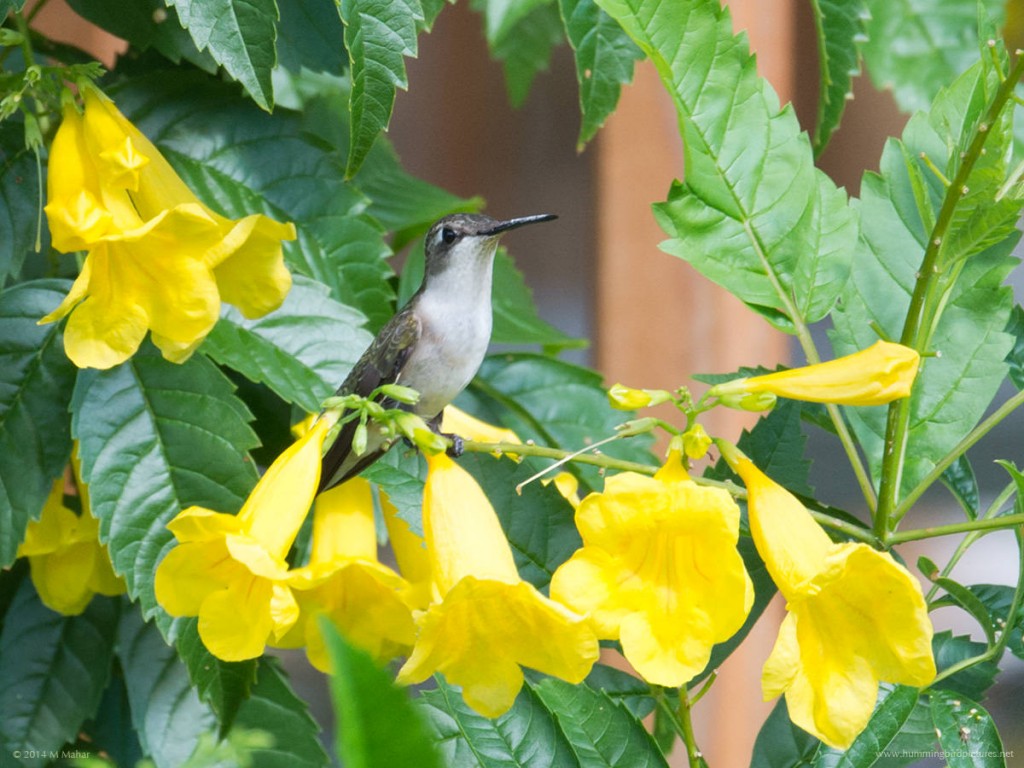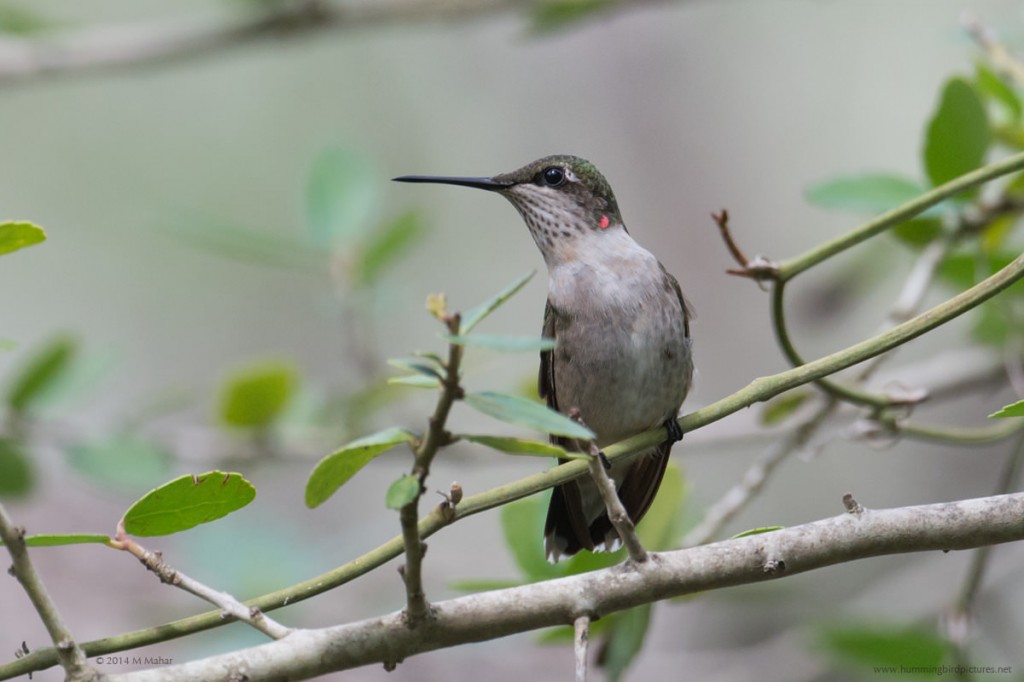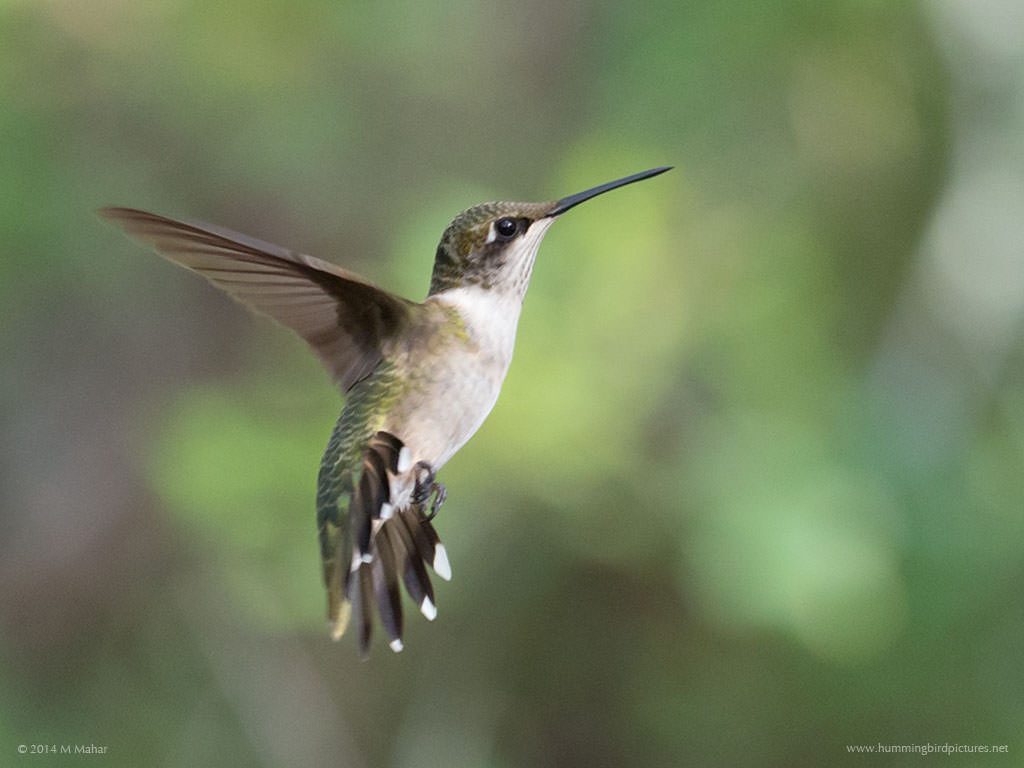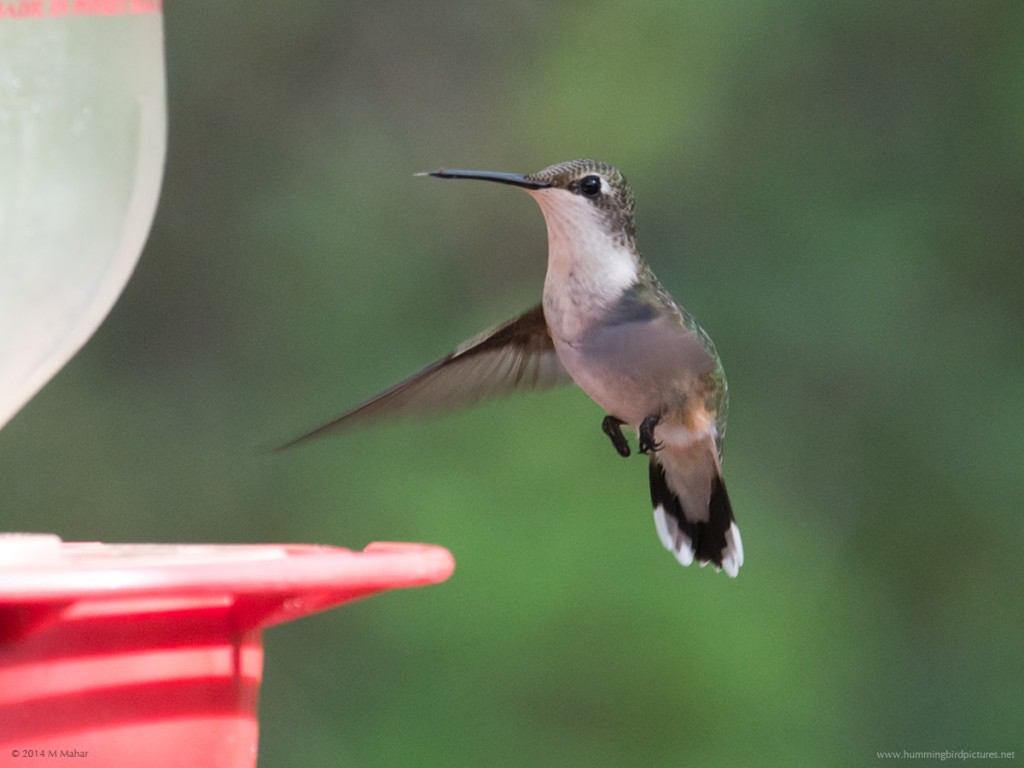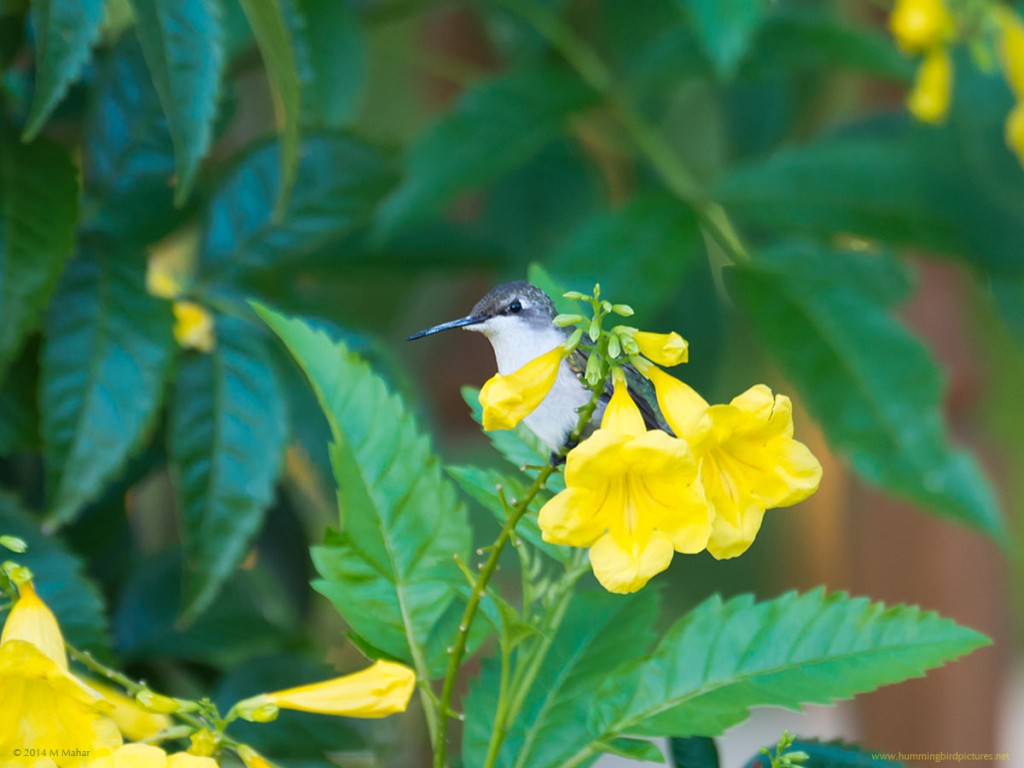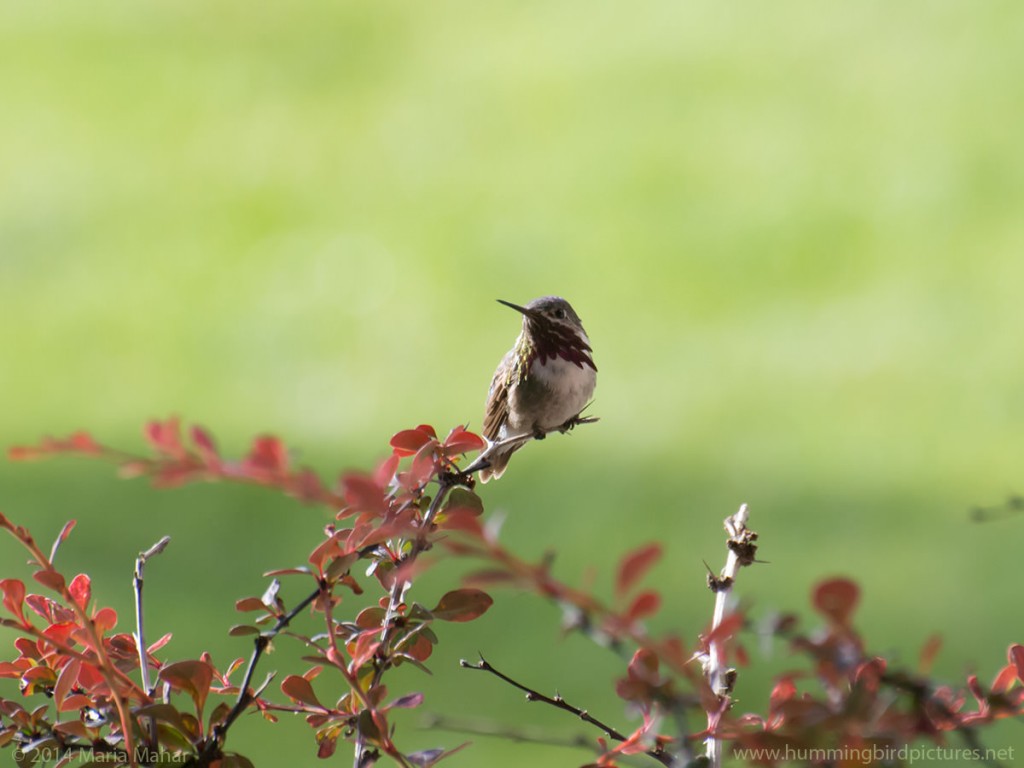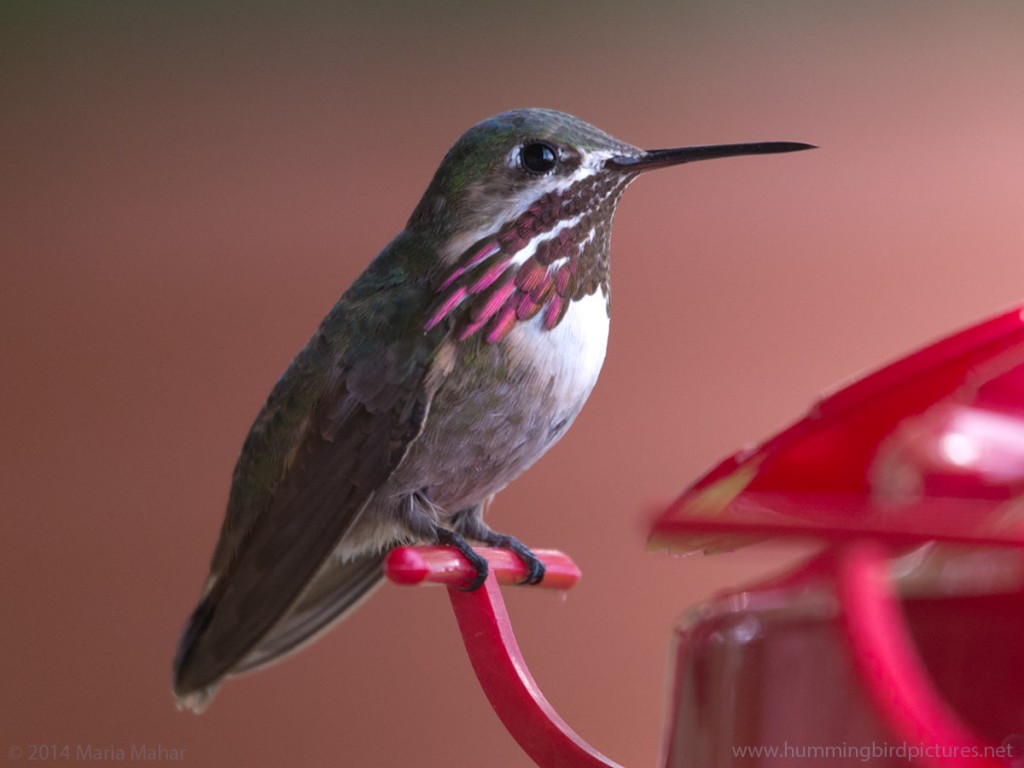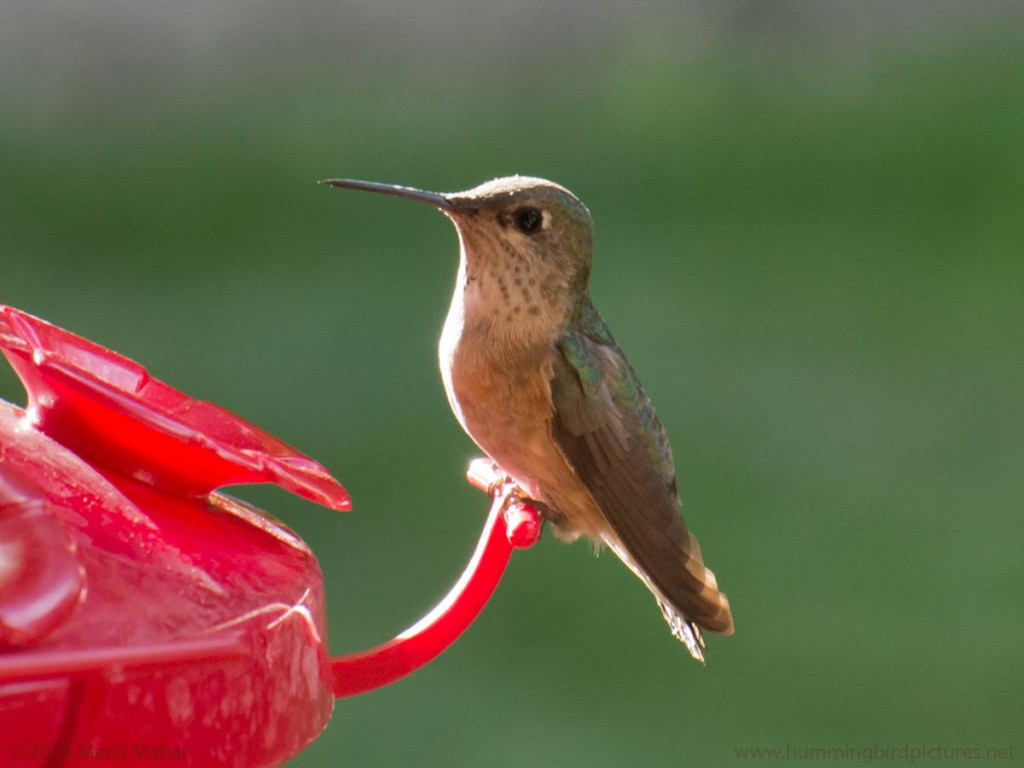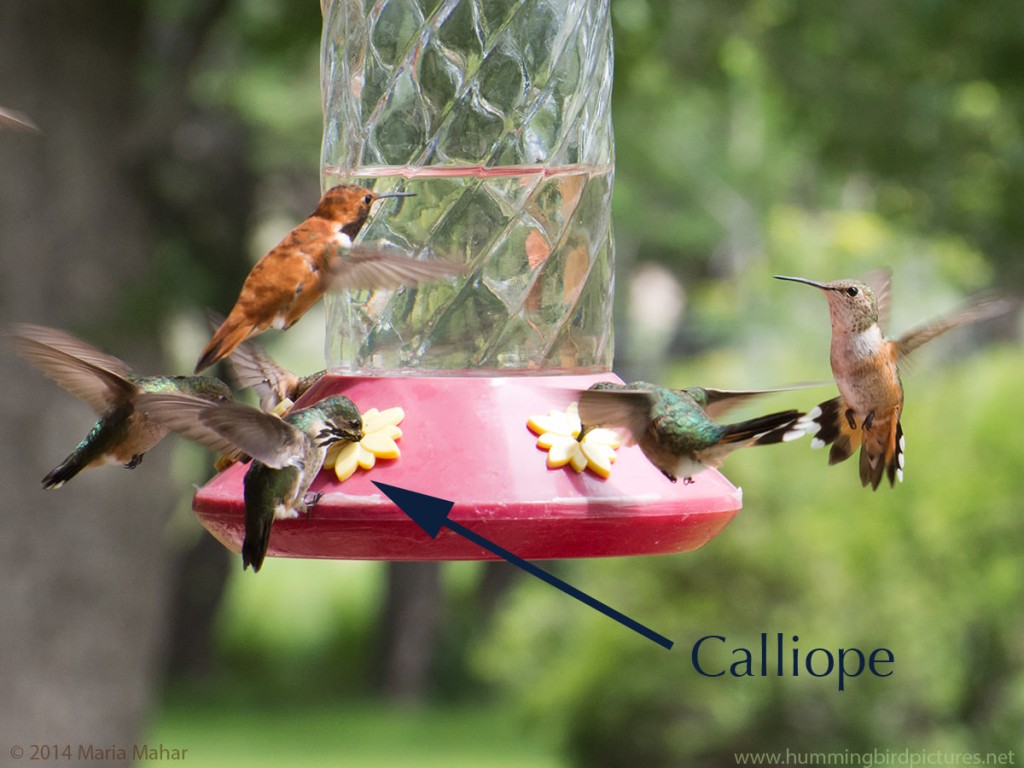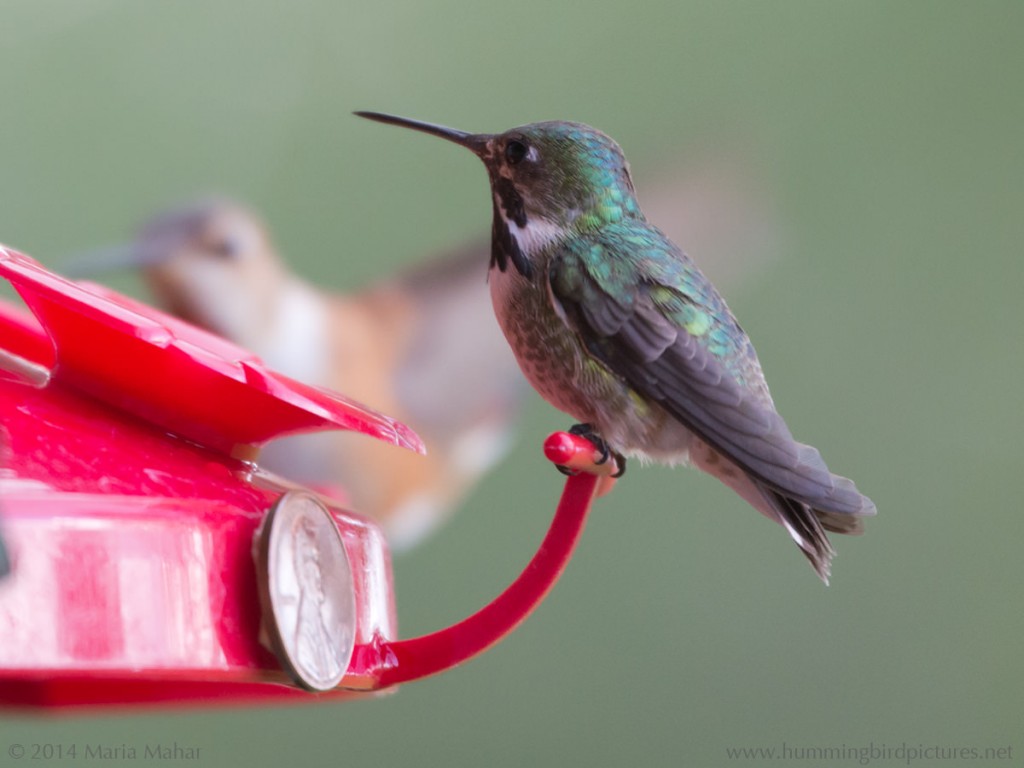Here’s a delightful sight: a hummingbird with beautiful blue-green feathers in the United States.
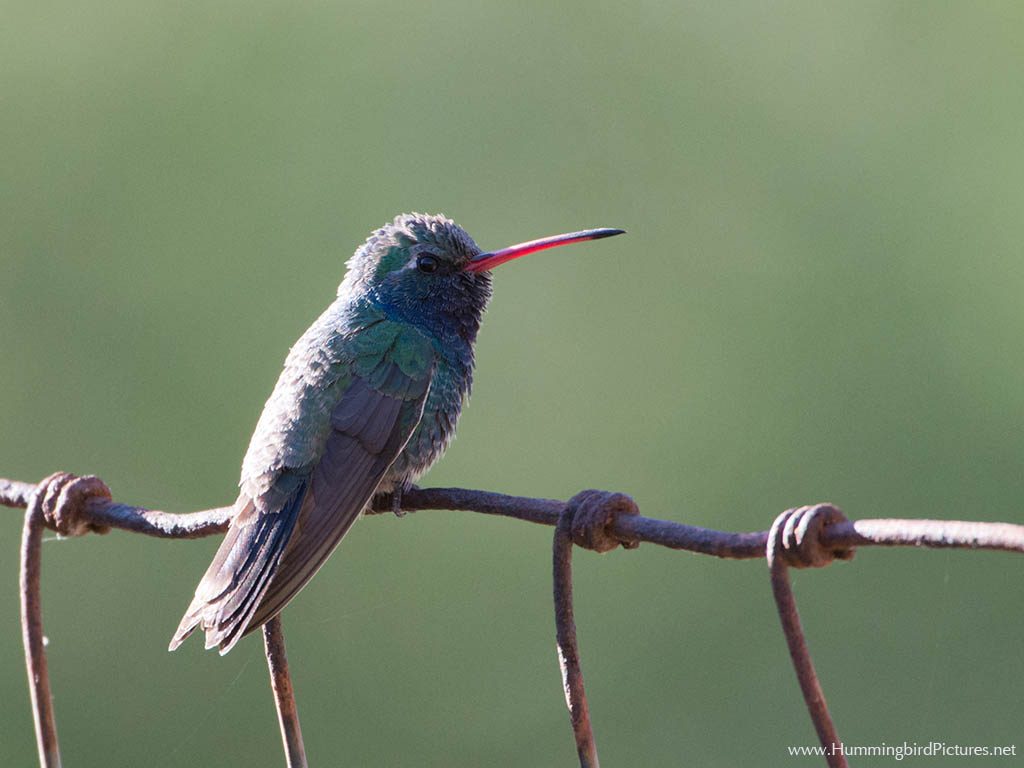
A male Broad-billed Hummingbird has rich blue-green feathers. His colors make him look like a tropical hummingbird, with the red bill and contrasting the blue-green on his body.
The colors on the female are not at bright, but she has the reddish bill.
The Broad-billed Hummingbird comes north into Arizona, New Mexico, and Texas. An occasionally a Broad-billed Hummingbird is seen in other states. Like most other hummingbirds in the U.S., the Broad-billed migrates.
The Boyce Thompson Arboretum and southeastern Arizona are good places to see these beautiful birds. If you are making a special visit to the Boyce Thompson Arboretum to see one, we suggest you call and ask if the birds are around.
Go here for the blog and here for home.
Thank you for coming by.
